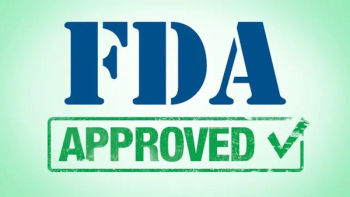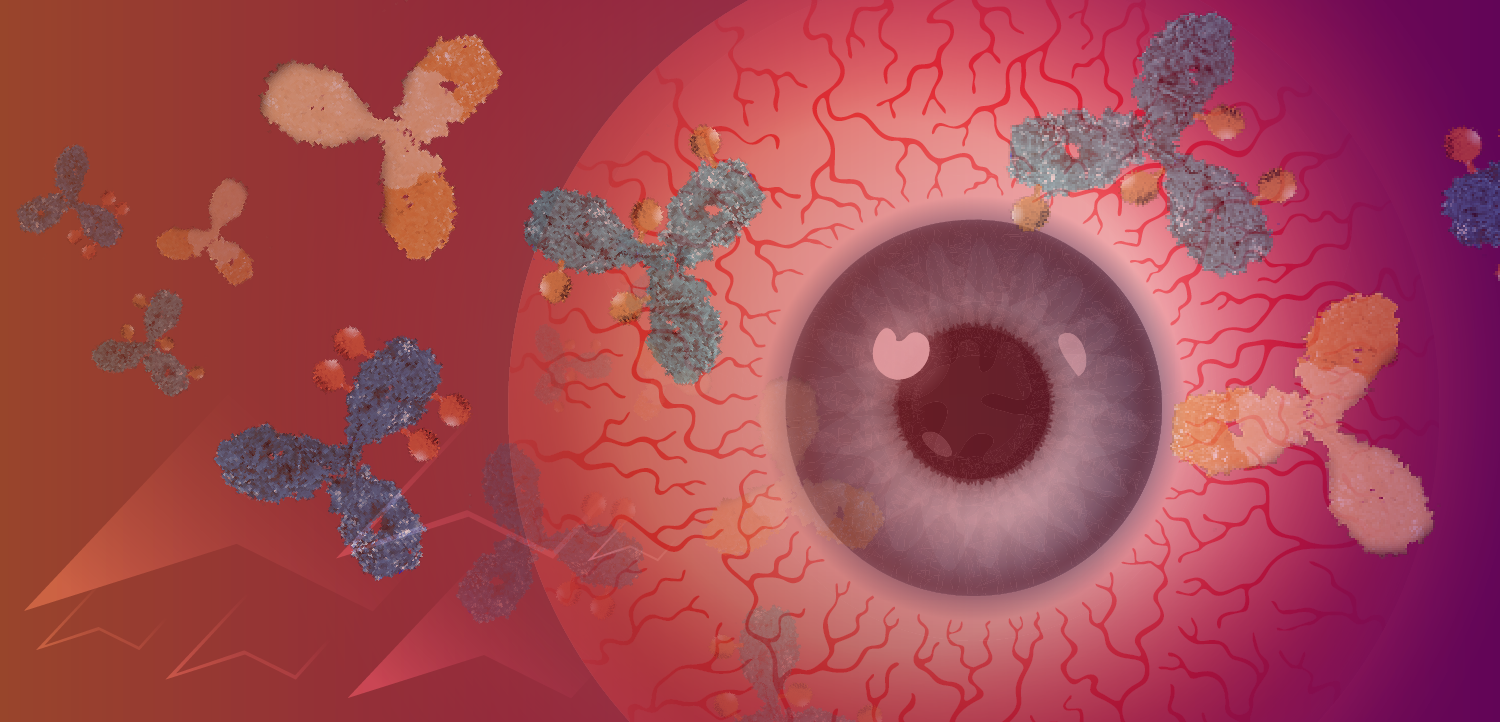
- June/July 2019
- Volume 13
- Issue 5
Navigating the Navigation Science
Patient navigation is set to be a pillar within cancer care, but challenges remain.
Patient navigation is uniquely distinguished as both a mediator and advocate role that attempts to optimize interactions between patients and their healthcare systems.1 Its genesis in cancer care dates to 1990, when the American Cancer Society proposed efforts to improve care for the medically underserved with cancer.2 Specifically targeting poor African American women who commonly presented with latestage breast cancer, Harold Freeman, MD, began the nation’s first patient navigation program at Harlem Hospital in New York, New York.3
Currently the core role of an oncology navigator encompasses many competencies. These include reducing barriers to needed services in a timely manner, assisting with logistical orientation, providing practical and educational guidance with decision making, and offering emotional support, all while acting as a liaison between the patient and the healthcare system.4
Throughout nearly 3 decades of implementation, the scientific basis of patient navigation has evolved within a more contemporary time frame. Most of the research to date on patient navigation has been qualitative, but the National Cancer Institute—funded Patient Navigation Research Program (PNRP) is the first multicenter clinical trial exploring the benefits of patient navigation compared with usual care.5 Focusing on data from 4 cancers (breast, cervical, colorectal, prostate), the PNRP is charged with establishing the evidence base to design, implement, and evaluate a generalizable patient navigation program specifically for vulnerable populations. Recent findings have established navigation-specific positive outcomes such as higher screening rates, faster time to diagnostic resolution, improved patient satisfaction, increased follow-up care, and enhanced quality of cancer care.6
However, experts have cited numerous challgnes relative to the navigator role’s continued evolution. First, capturing the financial benefit and cost-effectiveness of patient navigation can be complicated. Second, the field is still working to develop role competencies and training standards. Third, where navigation fits in with different populations remains a question. For example, is the lay navigation model preferable for certain patient cohorts? Finally, there has been difficulty when it comes to the creation of patient navigation programs for non— disease-specific populations, such as survivorship and end-of-life care. Successful approaches to these quandaries are critical to sustain and advance the navigator role within cancer care. In 2018, the National Policy Forum of the National Academies of Sciences, Engineering, and Medicine (NASEM) held a workshop titled “Establishing Effective Patient Navigation Programs in Oncology.” Its intent was to identify potential strategies to enhance the future of navigation initiatives. Six major directives were identified:
• Provide effective navigation services throughout the oncology care continuum
• Improve education for patient navigation • Coordinate and manage patient navigation teams
• Assess needs and resources for successful patient navigation
• Assess patient navigation programs
• Address policy challenges and opportunities for making navigation affordable7
Within these, 36 suggested approaches were outlined. Four especially struck me because of their alignment with other contemporary foci in cancer care.
One involved fostering self-care management for patients receiving navigation support. Emphasizing care of self positions patients as collaborators with the cancer care team rather than solely as recipients of treatment. Another was deploying telehealth tools to enable patient communication with care providers, including virtual visits. The use of novel communication technology is the future of healthcare, and its potential should be part of contemporary discussions concerning our ability to keep patients connected with their providers. A third suggestion entailed tailoring navigation programs and training to fit the culture of the communities they serve. This idea recognizes that 1 size does not fit all and can enhance engagement with patients when community norms and beliefs are built into interventions. I found the final strategy of significant importance. It recommended establishing a metric-tracking system at the onset of a navigation program. This requires starting with the end in mind and offers testimony to how critical capturing outcomes and outlining evaluation criteria are to the growth of patient navigation initiatives.
Patient navigation will very likely be a pillar of future patient-centered cancer care. NASEM’s blueprint of proposed strategies serves as a guide to enhance this practice and science. Collaboration is needed among the varied stakeholders driving this initiative. These include practitioners, data and financial experts, community agencies, public health departments, insurers, and patients and their family caregivers. As the essential role of patient navigation is considered for the future, results from this NASEM workshop help guide the way for a successful journey.
References
- Wells KJ, Battaglia TA, Dudley DJ, et al; Patient Navigation Research Program. Patient navigation: state of the art or is it science? Cancer. 2008;113(8):1999-2010. doi: 10.1002/cncr.23815.
- Freeman HP, Rodriguez RL. History and principles of patient navigation. Cancer. 2011;117(suppl 15):3537-3540. doi: 10.1002/cncr.26262.
- Freeman HP. The history, principles and future of patient navigation: commentary. Semin Oncol Nurs. 2013;29(2):72-75. doi: 10.1016/j.soncn.2013.02.002.
- Cantril C, Haylock PJ. Patient navigation in the oncology care setting. Semin Oncol Nurs. 2013;29(2):76-90. doi: 10.1016/j.soncn.2013.02.003.
- Ko NY, Snyder FR, Raich PC, et al. Racial and ethnic differences in patient navigation: results from the Patient Navigation Research Program. Cancer. 2016;122(17):2715-2722. doi: 10.1002/cncr.30109.
- Freund KM, Battaglia TA, Calhoun E, et al; Writing Group of the Patient Navigation Research Program. Impact of patient navigation on timely cancer care: the Patient Navigation Research Program. J Natl Cancer Inst. 2014;106(6):dju115. doi: 10.1093/jnci/dju115.
- Lopez D, Pratt-Chapman ML, Rohan EA, et al. Establishing effective patient navigation programs in oncology [published online March 18, 2019]. Support Care Cancer. doi: 10.1007/s00520-019-04739-8.


















































































